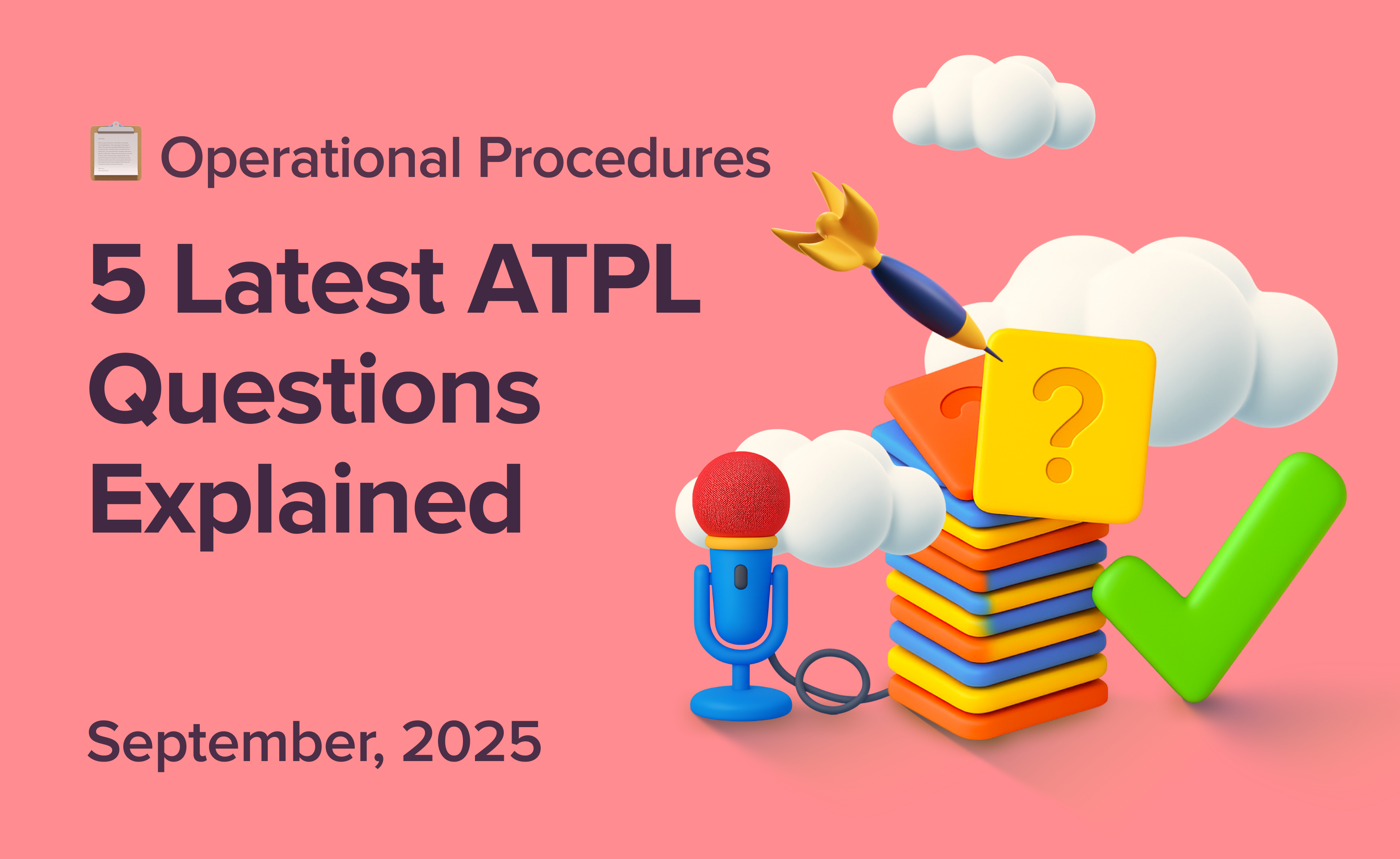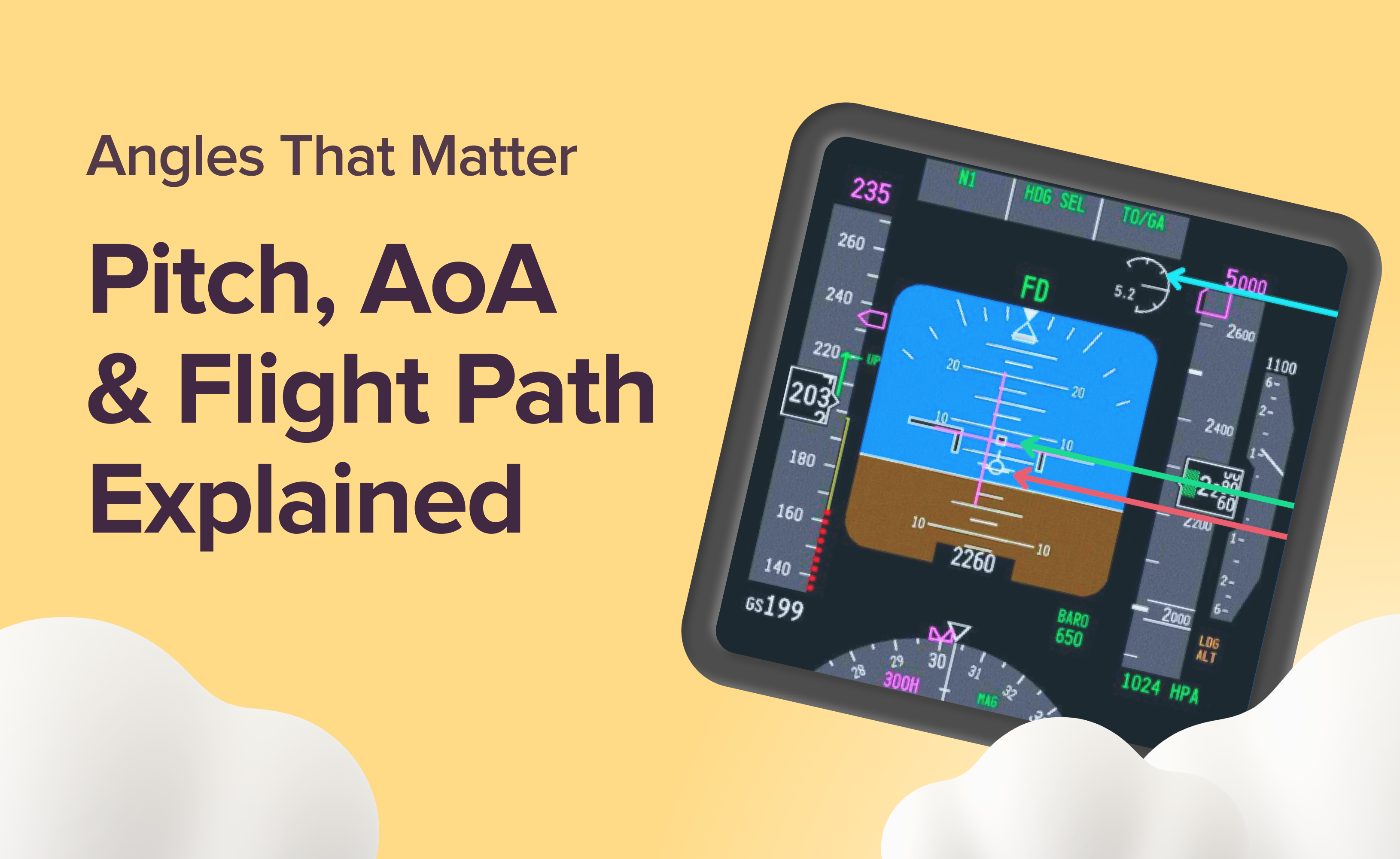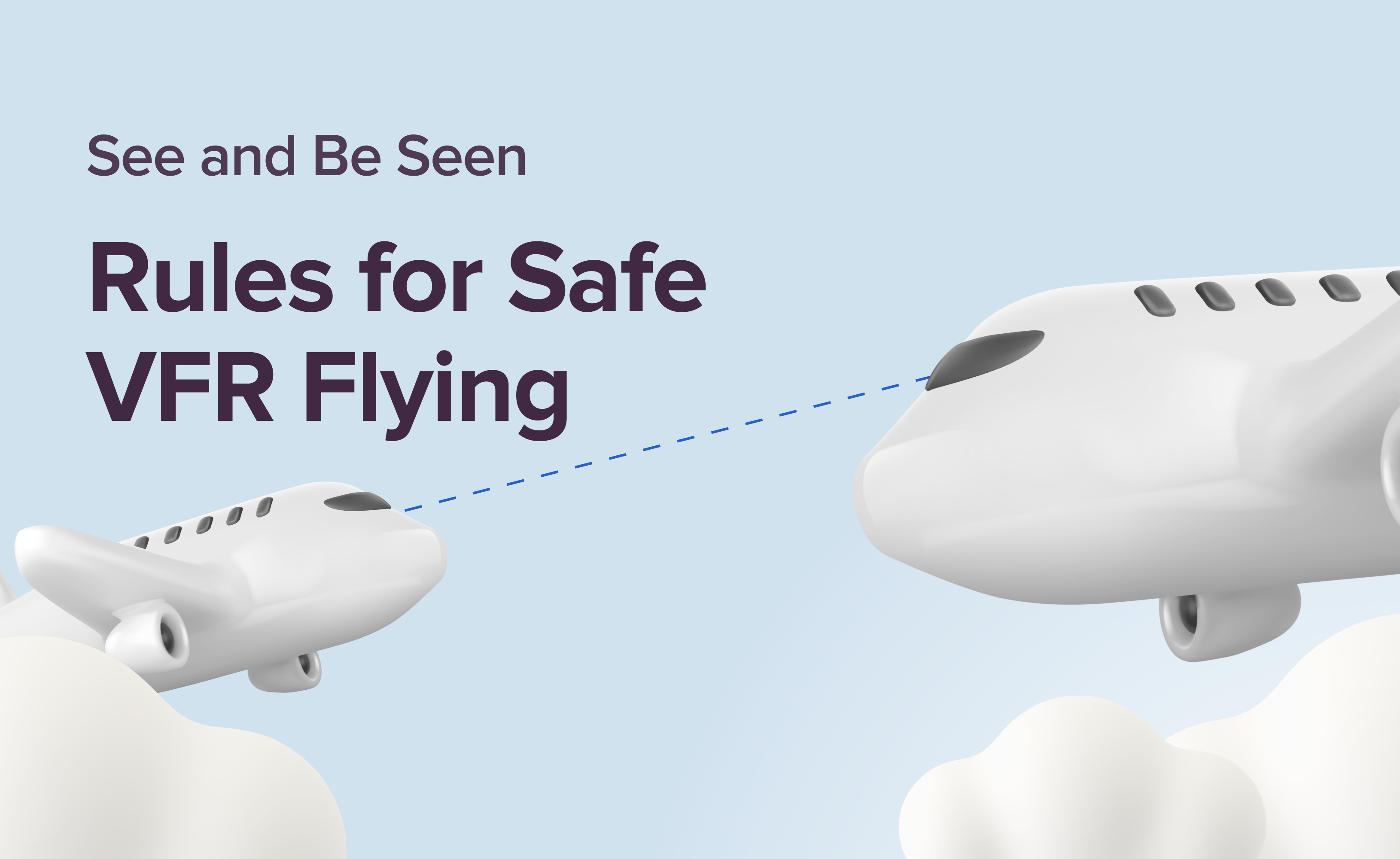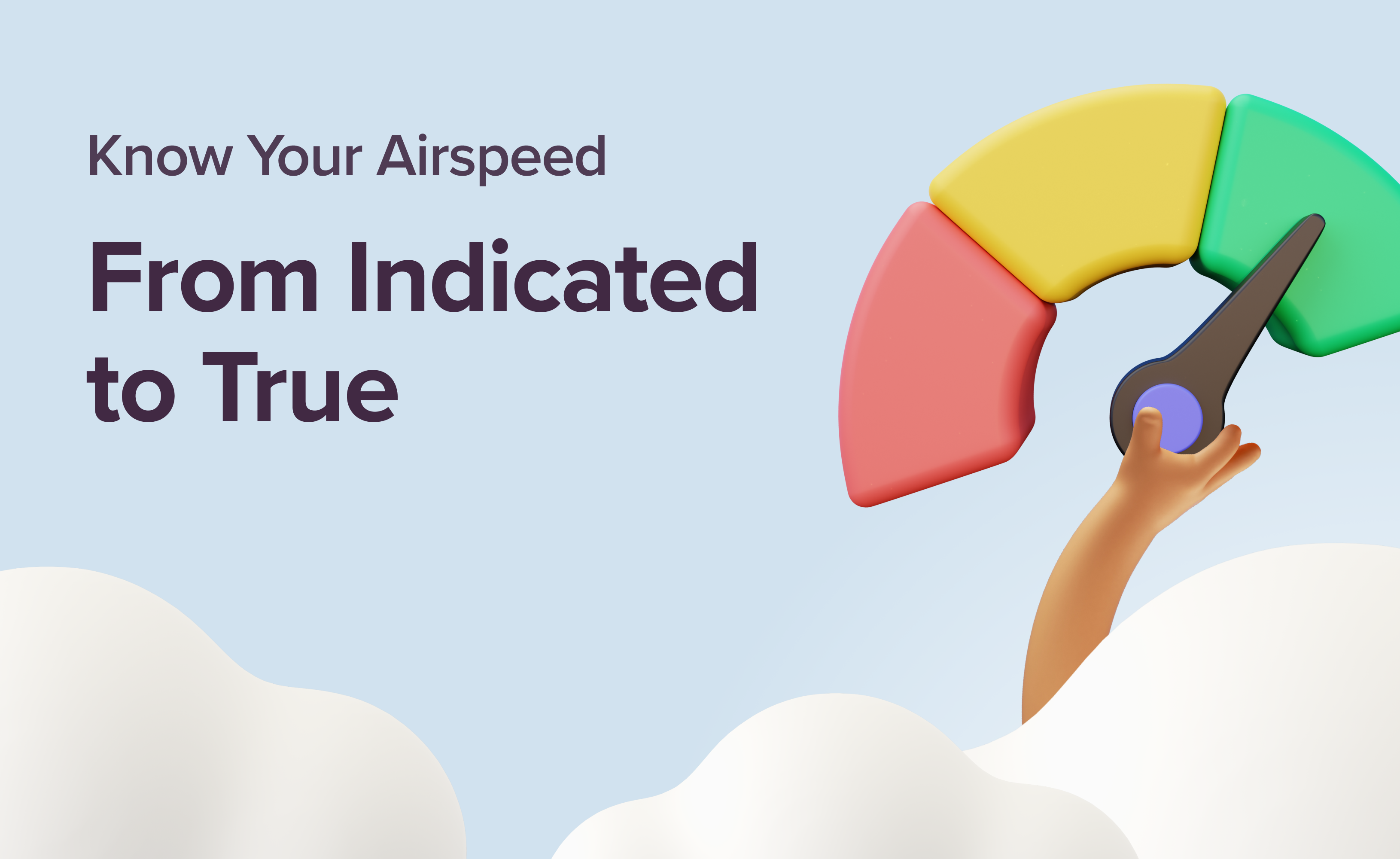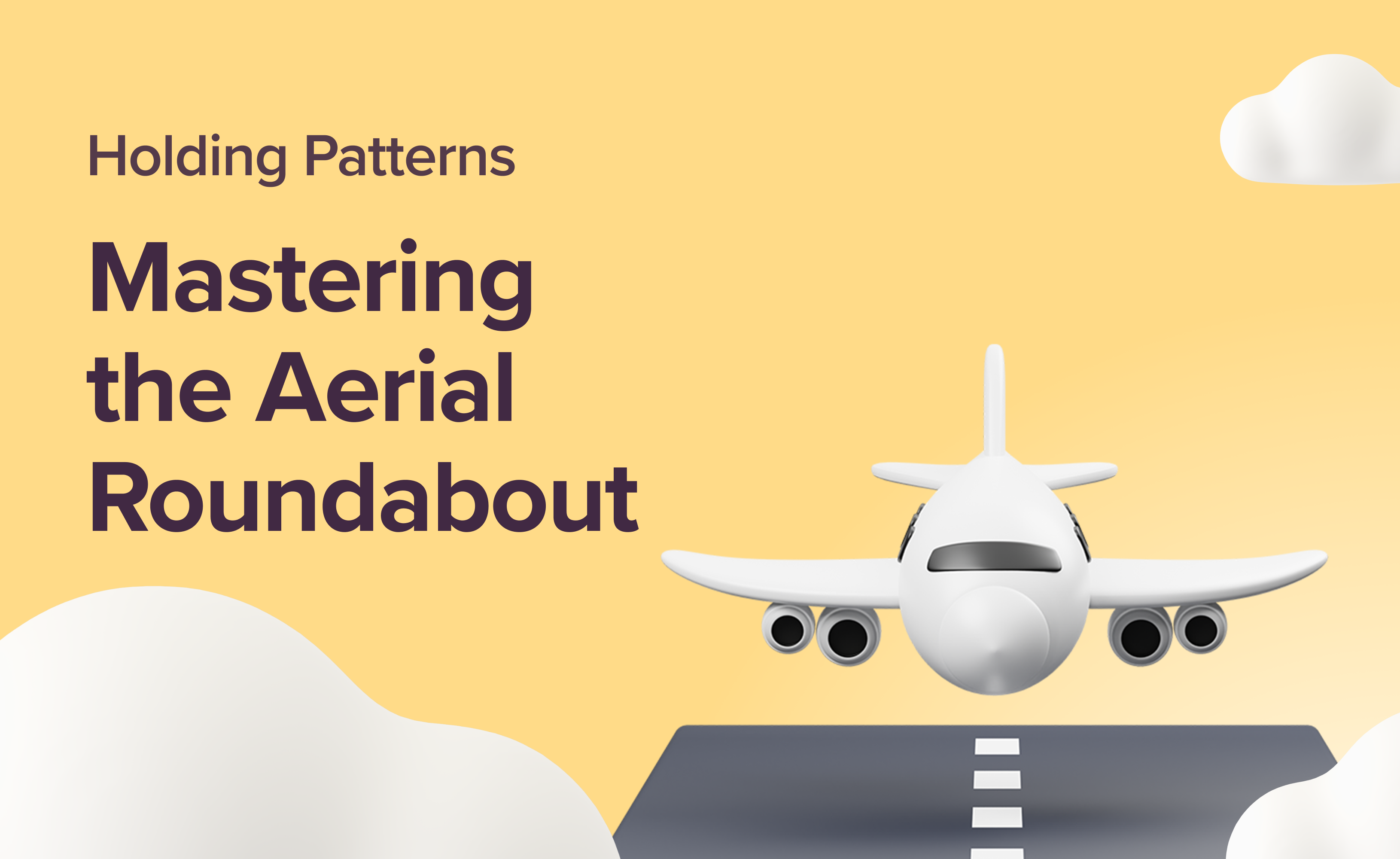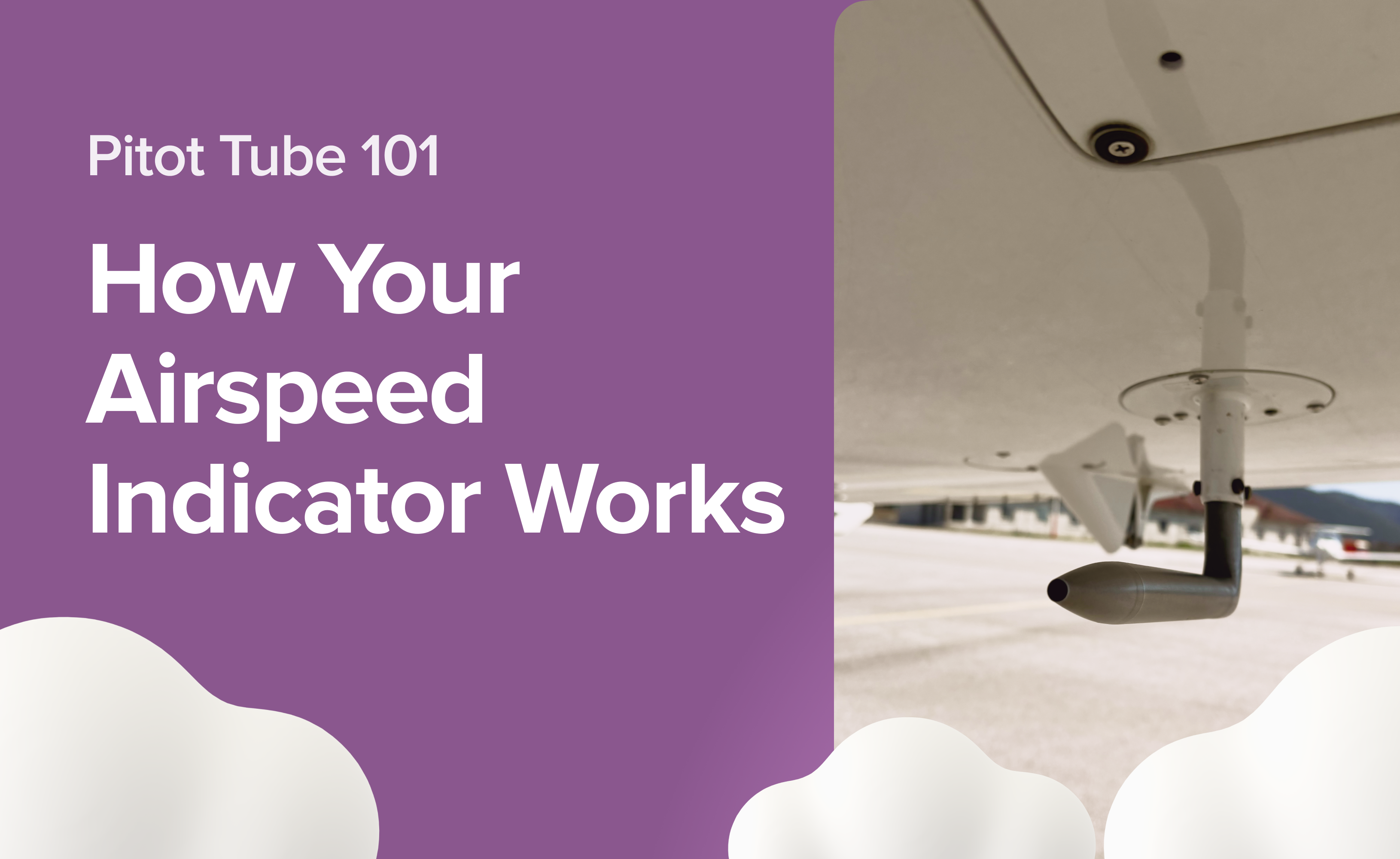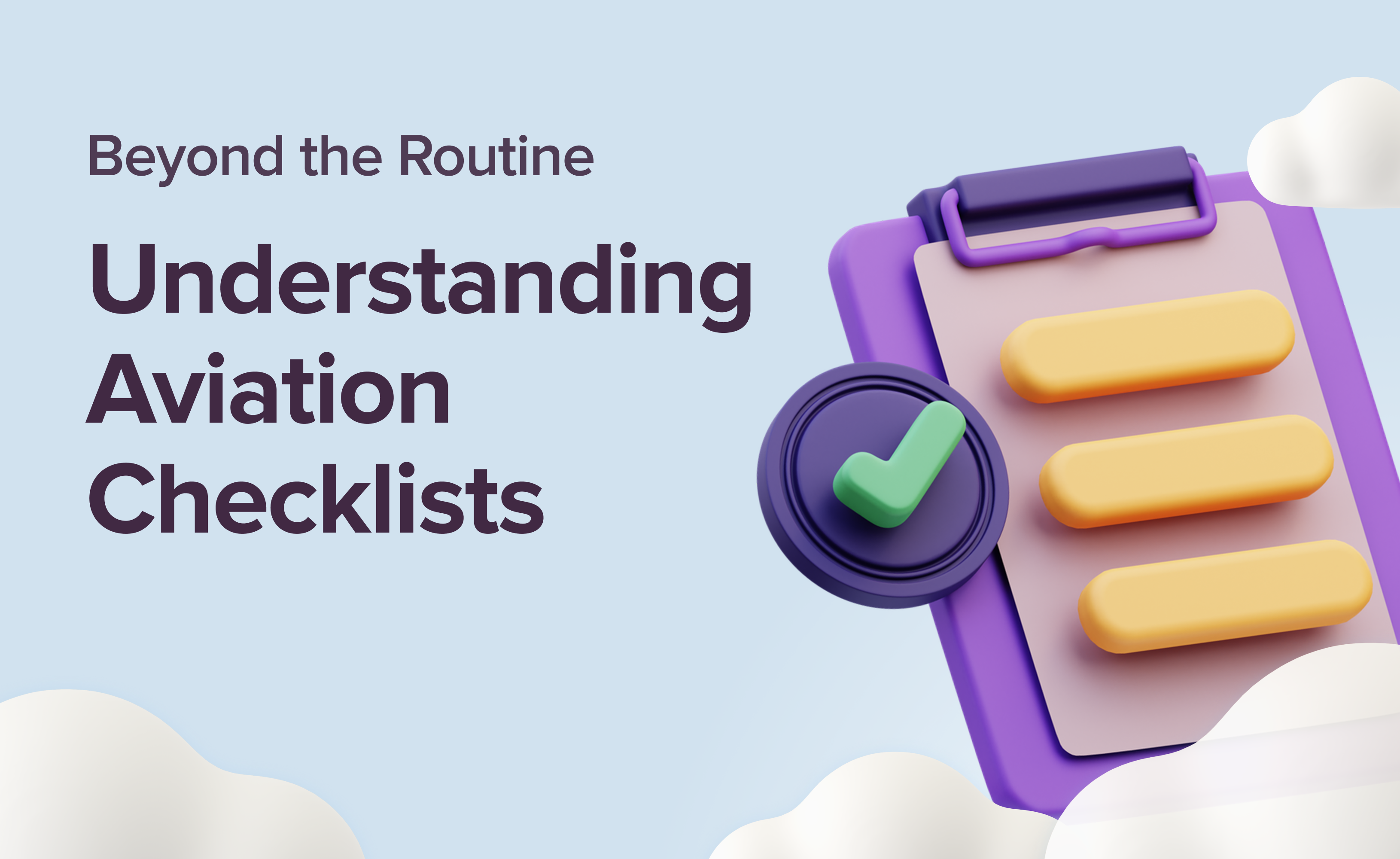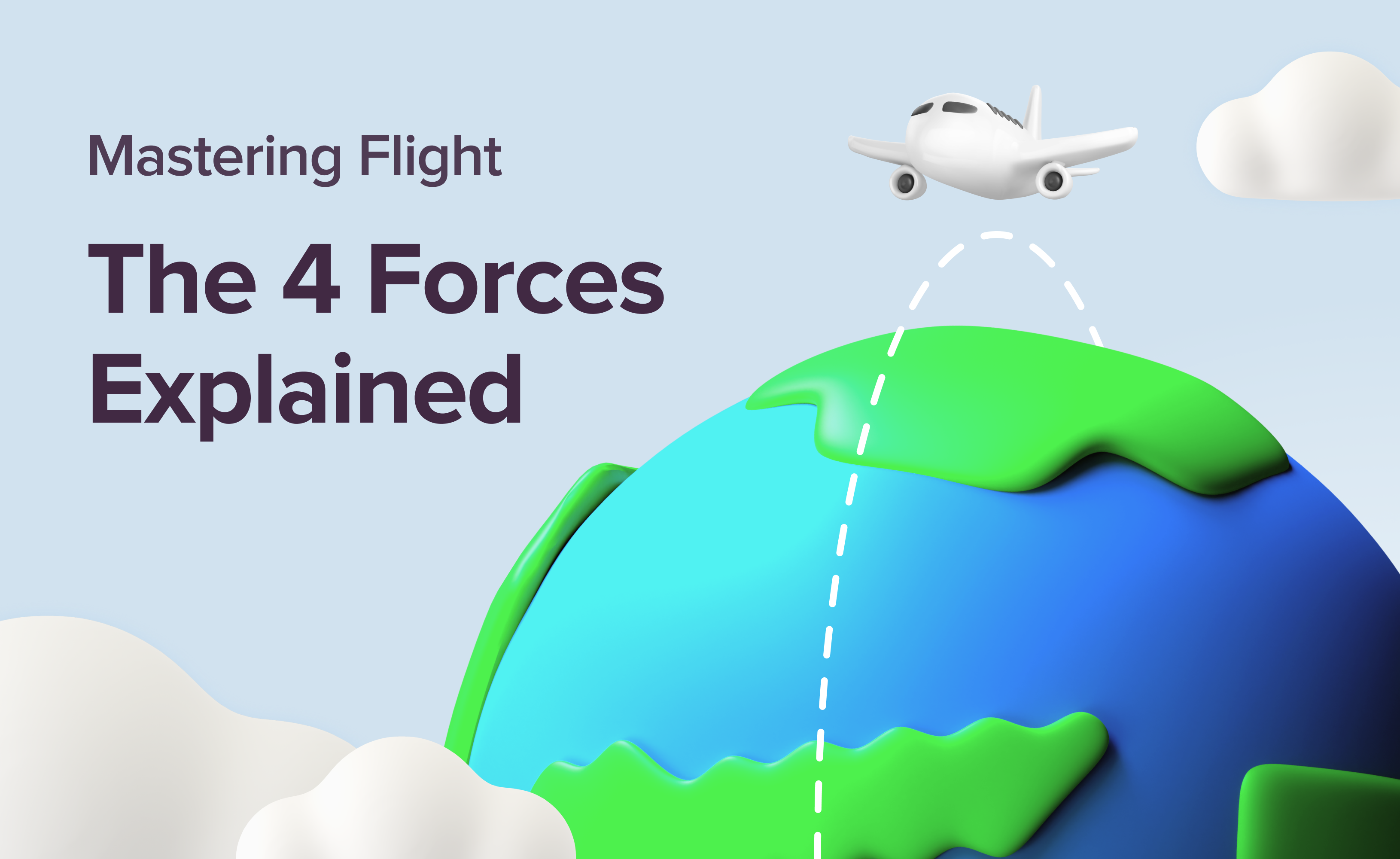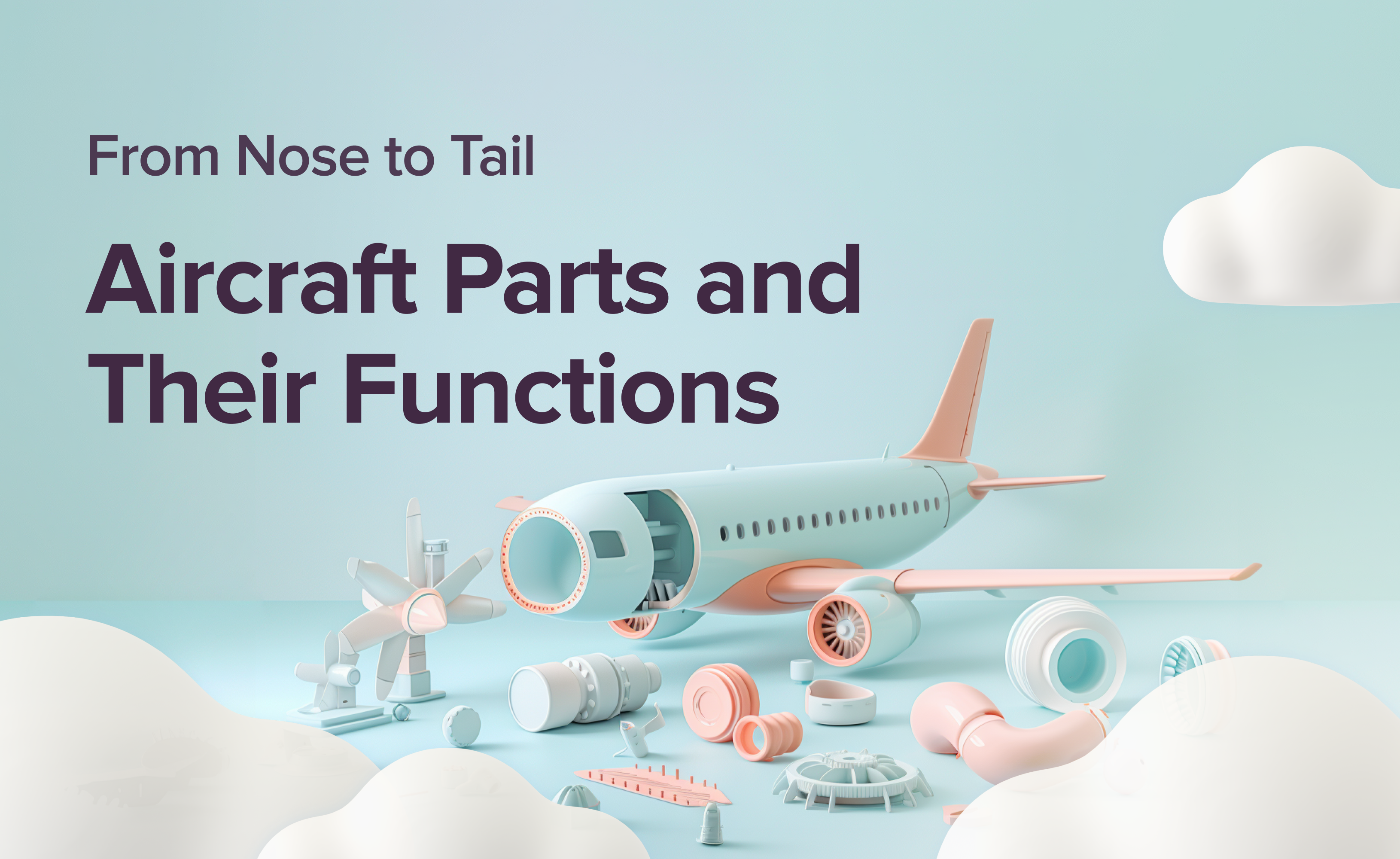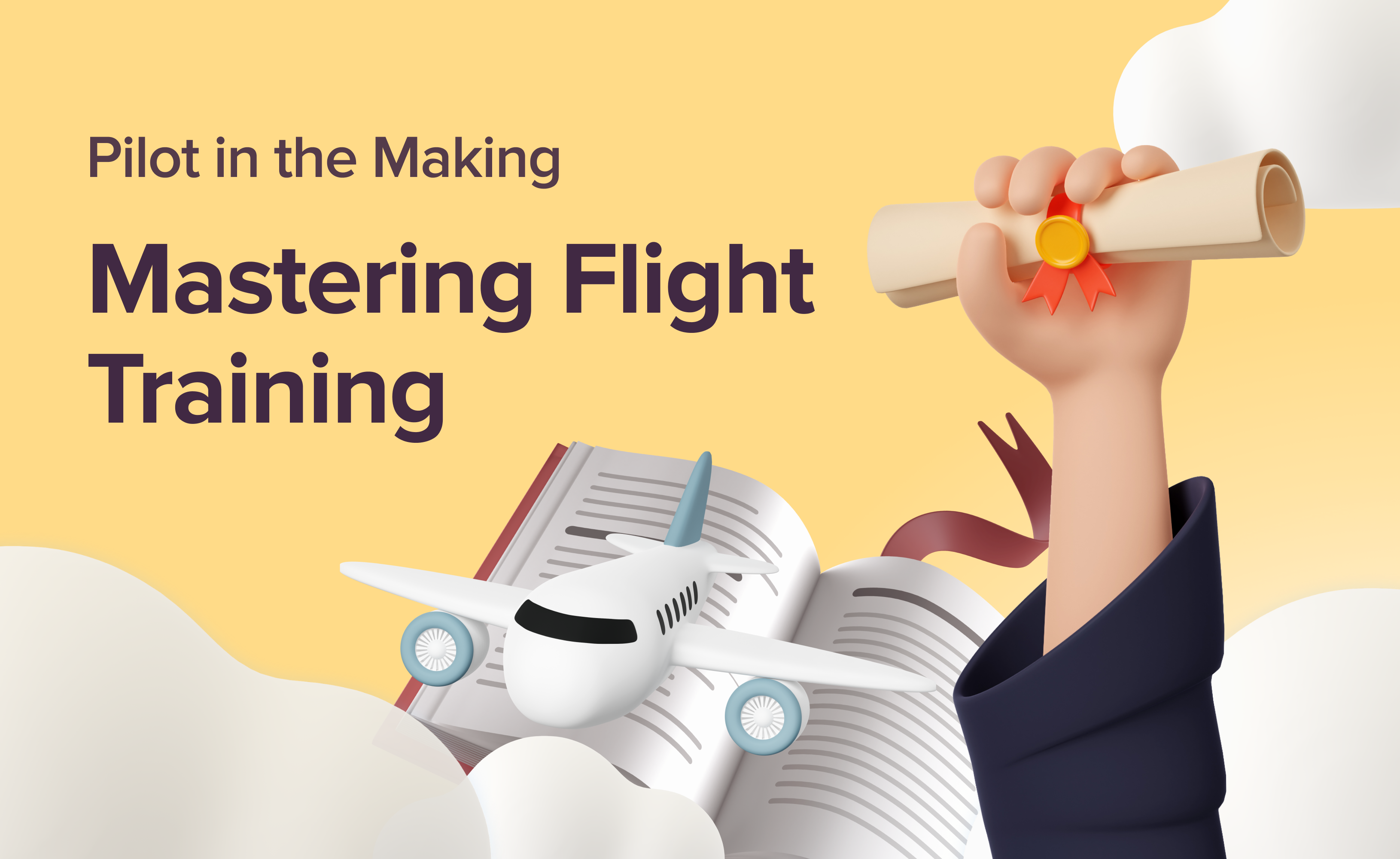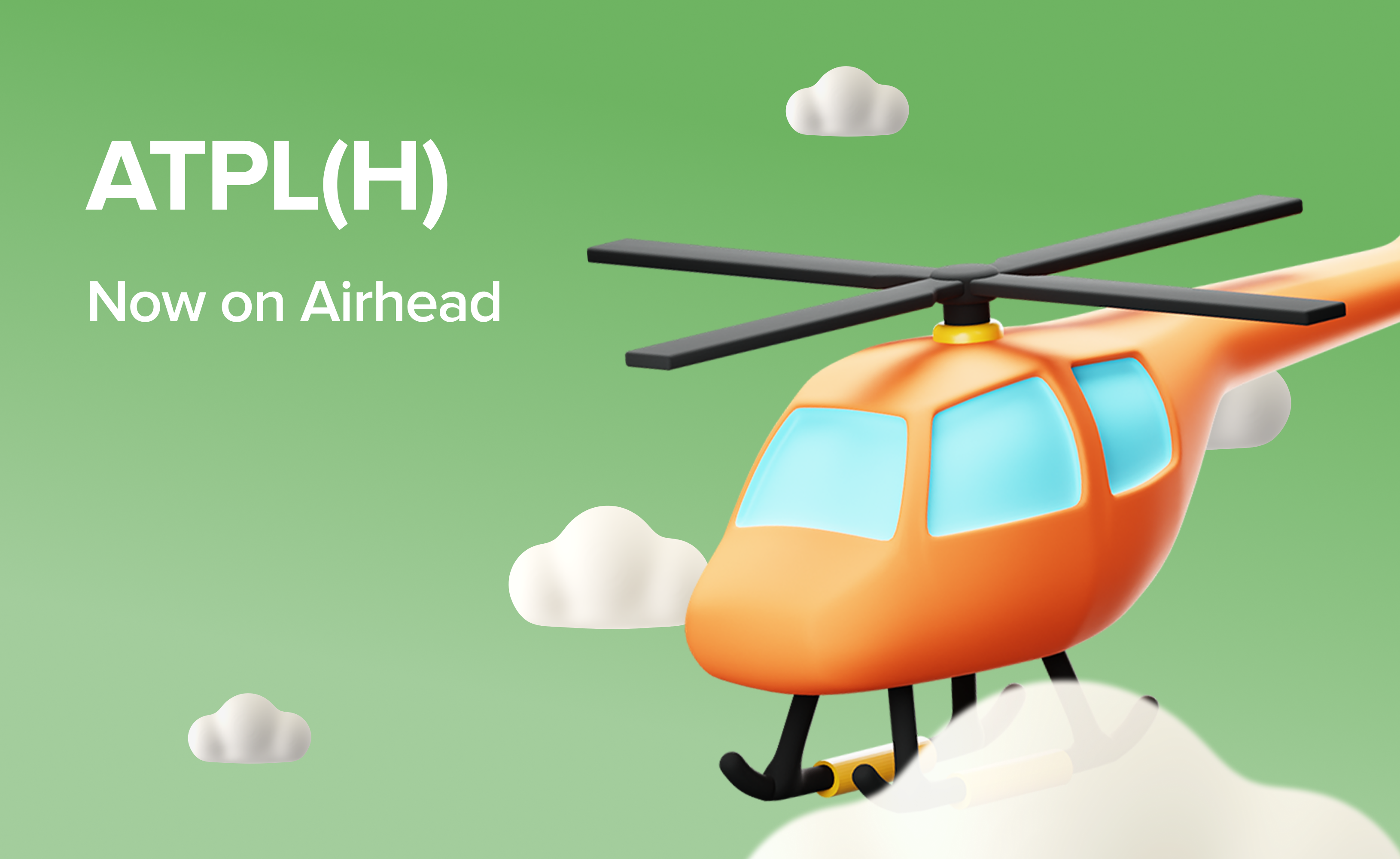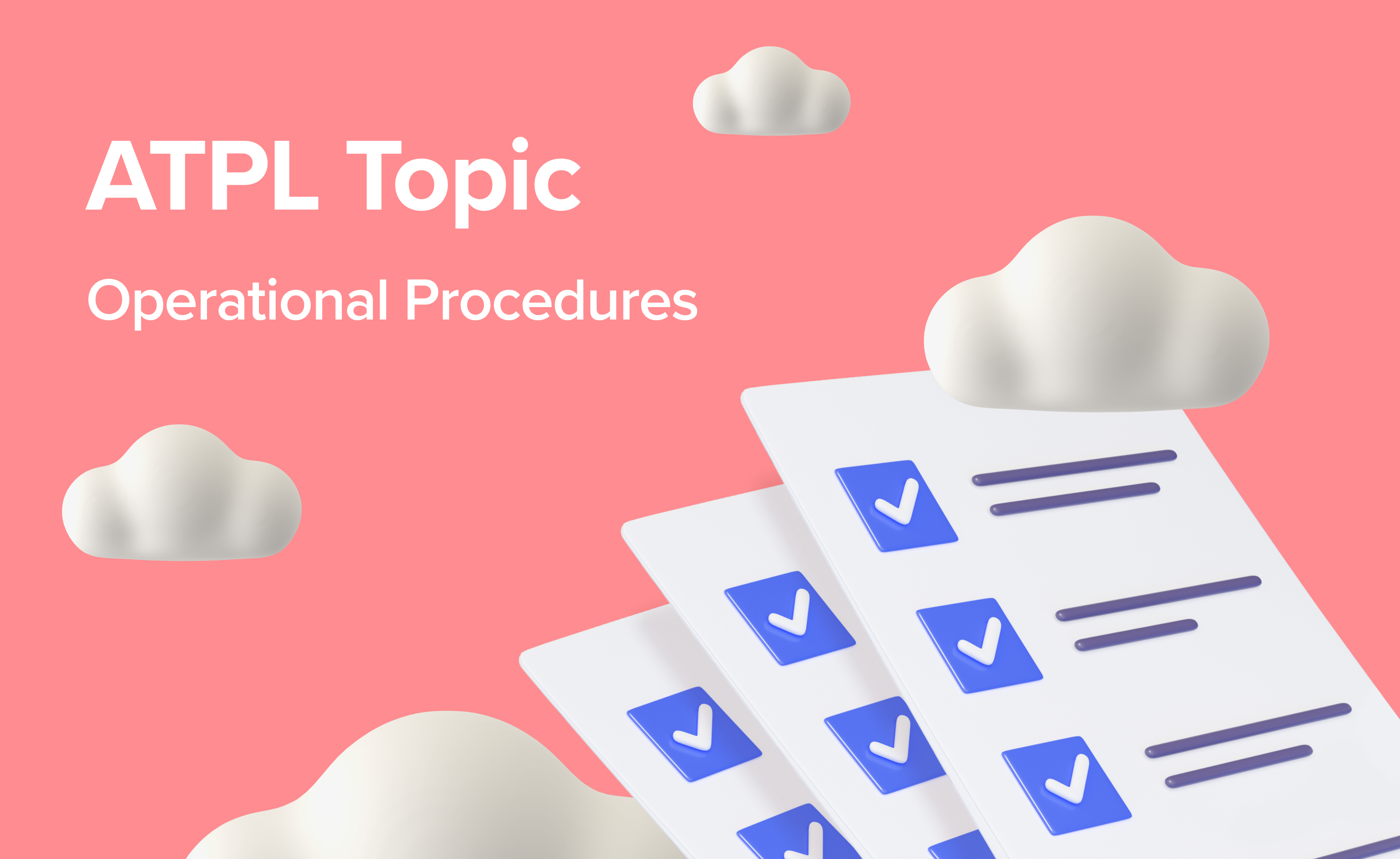ATPL Topic. Guide to Aircraft General Knowledge
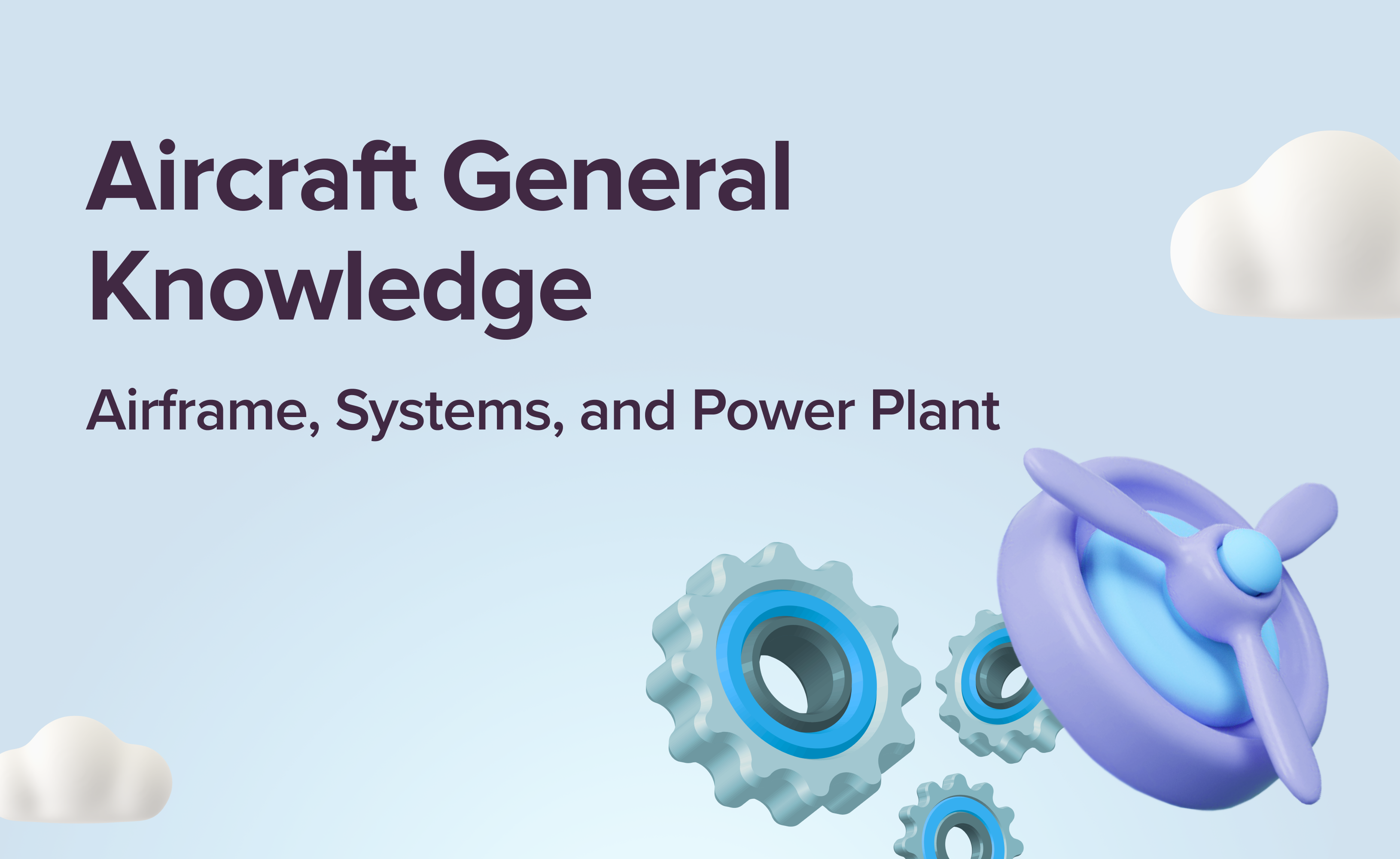
Aircraft General Knowledge is like the backbone of aviation knowledge, offering a comprehensive understanding of aircraft systems, structures, and performance. From engines to electrical systems, hydraulics to aerodynamics, this ATPL theory subject lays the groundwork for aspiring pilots to grasp the inner workings of aircraft.In this blog post, we're taking you through 13 subtopics of the ATPL course syllabus. Our goal? To equip you with the knowledge and insights you need to master Aircraft General Knowledge.
Exam Overview
Exam Questions: 80
Exam Duration: 2 hours
Difficulty: Medium to Hard
84% of papers passed
The proper title for this subject is “Aircraft General Knowledge - Airframe, Systems, and Power Plant”, usually abbreviated to “Aircraft General Knowledge” or just AGK.
Understanding Aircraft General Knowledge isn't just about passing exams; it's about building the foundation for safe and confident flying. By delving into the intricacies of aircraft systems, pilots gain the skills to troubleshoot issues, maintain safety standards, and make informed decisions while in the cockpit.
Typically, more than 80% of pilot students pass the exam, achieving 75% of the right answers. Nevertheless, students don't consider it an easy ATPL subject, as you will be given 80 questions and have 2 hours to navigate through the assessment. This link offers the most comprehensive guide covering all 13 ATPL subjects and their associated challenges.
The AGK syllabus encompasses a wide range of sub-topics, making the question bank an invaluable tool for navigating its breadth, especially when you opt for distance learning. While the material may seem overwhelming, prioritise a thorough understanding. Should you encounter challenges, utilise the question bank for clarification. Remember, AGK emphasises volume over difficulty, so diligent study will definitely lead to success.
Subject Syllabus
The ATPL theoretical knowledge course on AGK comes with 13 sub-topics. Let's have a brief look at each of them.
021 01 System Design, Loads, Stresses, Maintenance
The System Design, Loads, Stresses, and Maintenance topic within AGK focuses on the foundational aspects of aircraft systems and maintenance. Understanding these concepts is crucial for ensuring the structural integrity and operational reliability of an aircraft.Let's break down each component:
System Design
refers to the planning and engineering of various onboard systems that ensure the functionality and safety of an aircraft. You aim to grasp the principles behind each system's design, their integration within the aircraft, and their critical role in flight operations and safety. Four main systems are being considered here.
The electronic systems integrated into aircraft include communication, navigation, and instrumentation.
You learn how flight control systems operate, including primary flight controls like ailerons, elevators, and rudders, and secondary systems such as autopilot.
These systems regulate cabin temperature, pressurization, and air quality for passenger comfort and safety.
The design and operation of fuel storage, transfer, and delivery systems, ensuring the efficient and safe management of aircraft fuel.
Loads and Stresses
relate to the forces and pressures experienced by an aircraft during flight and ground operations, which affect its structural integrity. You should comprehend the types of loads and stresses encountered by aircraft, their effects on structural integrity, and methods for designing aircraft to withstand them effectively.The following loads are discussed in this section:
Understanding the aerodynamic forces that act on different aircraft parts during manoeuvres, turbulence, and various flight conditions.
Learning about the mechanical stresses imposed on the aircraft's structure due to aerodynamic forces, weight, and external factors like turbulence and landing impacts.
Exploring how repeated loading cycles and structural stresses can lead to fatigue and potential failure, along with strategies for detecting and mitigating damage.
Maintenance involves the systematic inspection, repair, and upkeep of aircraft to ensure their continued airworthiness, reliability, and safety. Students should gain proficiency in conducting the following maintenance tasks:
Routine maintenance tasks performed at specific intervals to prevent wear and tear, ensure optimal performance, and comply with regulatory requirements.
Procedures for diagnosing and addressing unexpected issues or malfunctions that arise during flight or ground operations.
The documentation and record-keeping processes required to track maintenance activities, inspections, repairs, and component replacements.
The regulations and standards set by aviation authorities governing aircraft maintenance, including maintenance manuals, procedures, and certification requirements.
021 02 Airframe
The term "airframe" refers to the structure of an aircraft, excluding its power plant (engine) and onboard systems. Essentially, it encompasses the fuselage, wings, empennage (tail assembly), and landing gear. The airframe provides the framework for supporting the aircraft's weight, accommodating passengers and cargo, and facilitating aerodynamic performance during flight.
Theoretical knowledge examinations will encompass inquiries spanning essential key areas, including:
Aircraft Structure: The different components of the airframe, including the fuselage, wings, empennage, and landing gear. The purpose and function of each part and how they contribute to the overall aerodynamic performance and stability of the aircraft.
Materials and Construction Techniques: All about the materials used in aircraft construction, such as aluminium alloys, composites, and titanium. How these materials are chosen and applied to meet specific strength, weight, and durability standards.
Aerodynamics: Concepts such as lift, drag, and stability, as well as how different airframe designs affect flight characteristics and performance.
Structural Limitations and Load Factors: You learn how aerodynamic forces, such as weight, lift, thrust, and drag, exert loads on the aircraft's structure and how these loads impact the aircraft's operational limits and safety margins.
Maintenance and Inspections: Routine inspections, structural repairs, and corrosion prevention measures. How to identify and report structural defects or damage during pre-flight inspections to ensure the airframe remains airworthy and safe for flight.
021 03 Hydraulics
Hydraulics in aviation refers to the use of hydraulic systems to transmit power through the manipulation of fluids, typically oil or hydraulic fluid. These systems are crucial in aircraft for operating various components such as landing gear, brakes, flaps, and flight control surfaces.
Students should acquire a good understanding of the following key areas:
It involves comprehending how forces transmitted through liquids allow for the movement and control of large mechanical systems with precision and ease, as well as how pressure is generated, controlled, and maintained within an aircraft's hydraulic circuits.
This includes hydraulic pumps, actuators, valves, reservoirs, filters, and hydraulic fluid.
This includes the process of fluid compression, distribution, and conversion of hydraulic energy into mechanical work.
Regular inspections, fluid checks, and troubleshooting procedures for identifying and rectifying hydraulic system malfunctions or leaks.
Proper safety procedures for working with hydraulic systems to mitigate risks and ensure aircraft safety.
021 04 Landing Gear, Wheels, Tyres, Brakes

This sub-topic refers to the components and systems associated with an aircraft's landing and braking mechanisms. Studying this area you gain knowledge in these key aspects:
Landing Gear: The design, operation, and deployment of landing gear systems, which provide support and stability during takeoff, landing, and ground operations.
Wheels and Tyres: The construction, materials, and maintenance of aircraft wheels and tyres, which are crucial for cushioning landings, absorbing shock loads, and ensuring traction during taxiing and braking.
Brakes: The various types of aircraft braking systems, including hydraulic, pneumatic, and anti-skid systems, as well as brake components such as discs, pads, and callipers. You also learn about brake operation, modulation, and effectiveness in controlling aircraft speed during landing and taxiing.
Anti-skid Systems: The function and operation of anti-skid systems help prevent wheel lockup and skidding during braking on slippery surfaces, enhancing aircraft safety and control.
Emergency Procedures: You focus on emergency procedures related to landing gear malfunctions, tyre blowouts, brake failures, and other critical situations requiring prompt action to ensure safe landings and prevent accidents.
021 05 Flight Controls
The Flight Controls sub-topic covers the systems and mechanisms responsible for controlling aircraft performance during flight. Within this study area, the key aspects include the following:
Primary Flight Controls: The ailerons, elevators, and rudder, and their respective functions in controlling the roll, pitch, and yaw movements of the aircraft.
Secondary Flight Controls: Trim tabs, spoilers, flaps, and slats help fine-tune the aircraft's aerodynamic performance, stability, and manoeuvrability in different flight conditions.
Fly-by-Wire Systems: This section focuses on modern fly-by-wire flight control systems, which use electronic signals to transmit pilot inputs to control surfaces, providing enhanced flight control precision and stability augmentation.
Autopilot Systems: The operation and integration of autopilot systems, which automate certain flight control functions to relieve pilot workload and maintain desired flight parameters, including heading, altitude, and airspeed.
Control Surface Rigging and Adjustment: Rigging and adjusting control surfaces ensure proper alignment, balance, and responsiveness, optimizing aircraft handling characteristics and control feel.
Control System Hydraulics and Mechanisms: Hydraulic systems and mechanical linkages that are used to transmit control inputs from the cockpit to the aircraft's control surfaces, understanding their design, operation, and maintenance requirements.
021 06 Pneumatics - Pressurisation and Air-Conditioning Systems
A future commercial pilot should be familiar with cabin pressurisation systems, ensuring passenger comfort and crew well-being at high altitudes. Pneumatics - Pressurisation and Air-Conditioning Systems covers the following key sections:
Pneumatics Systems: Focuses on the use of compressed air in various aircraft functions.
Pressurisation Systems: Deals with maintaining cabin pressure for comfort and safety at high altitudes.
Air-Conditioning Systems: Involves regulating cabin temperature, humidity, and air quality for passenger comfort.
Environmental Control Systems (ECS): Integrate various systems to manage cabin environment parameters effectively.

021 07 Anti-Icing and De-Icing Systems
Anti-Icing and De-Icing Systems part focus on the mechanisms and equipment used to prevent and remove ice build-up on aircraft surfaces, particularly critical areas like wings, engine inlets, and tail surfaces. Here's a quick overview:
Anti-Icing Systems: These systems are designed to prevent ice from forming on aircraft surfaces during flight. They typically involve the application of anti-icing fluids or the use of heated elements to maintain the temperature of critical surfaces above freezing. Common anti-icing systems include electrically heated leading edges, pneumatic boots, and chemical de-icing systems.
De-Icing Systems: De-icing systems are used to remove ice that has already formed on aircraft surfaces. This can include the use of pneumatic de-icing boots that inflate and break ice accumulations, hot air systems that melt ice formations, or chemical de-icing fluids applied to critical surfaces before takeoff.
Studying Anti-Icing and De-Icing Systems under AGK you learn about:
The principles behind ice formation and its effects on aircraft performance and safety.
The different types of anti-icing and de-icing systems used in aviation and their respective advantages and limitations.
Procedures for activating and monitoring anti-icing and de-icing systems during flight.
The importance of proper maintenance and inspection of anti-icing and de-icing equipment.
Overall, understanding Anti-Icing and De-Icing Systems is crucial for pilots and aviation professionals to mitigate the risks associated with icing conditions and maintain safe flight operations in adverse weather environments.
021 08 Fuel System

The fuel system refers to the interconnected components responsible for storing, transferring, and delivering fuel to the aircraft's engines. It encompasses fuel tanks, lines, pumps, filters, and selectors, ensuring the efficient and reliable supply of fuel for engine operation.
The fuel system comprises interconnected components responsible for storing, transferring, and delivering fuel to aircraft engines, including tanks, lines, pumps, filters, and selectors, ensuring efficient and reliable fuel supply.
During pilot training students explore various aviation fuels like Jet A, Jet A-1, and Avgas, understanding their characteristics, usage, and compatibility with different aircraft and engines. They develop proficiency in fuel management, calculating consumption rates, determining endurance, and optimising efficiency and safety during flight.
021 09 Electrics
Electrics are like the lifeblood of an aircraft's nervous system. It's all about the electrical systems and gadgets that keep everything running smoothly up in the skies.
There are different ways an aircraft generates its electricity – from engine-driven generators to backup systems like batteries. Student pilots get to understand how electricity flows through the aircraft, how it's controlled, and how to troubleshoot any issues that might pop up mid-flight.
But here's where it gets cool – avionics systems. These are like the high-tech gadgets of the aircraft world. Communication systems, navigation aids, and all those instruments in the cockpit – they're all powered by the aircraft's electrical system. Student pilots learn how to operate these systems and make sense of all the data they provide.
021 10 Piston Engines
For aircraft equipped with piston engines, pilots need a detailed understanding of engine operation, including the combustion process, power generation, and factors affecting engine performance.
Under this section, students explore the fundamental principles, components, systems, performance metrics, and maintenance procedures associated with these engines. It gives you insight into the operation of cylinders, pistons, crankshafts, and camshafts, as well as auxiliary systems such as lubrication, cooling, ignition, and fuel systems.
021 11 Turbine Engines
Turbine Engines also referred to as gas turbine engines, are the propulsion systems commonly utilised in aviation. Understanding how turbine engines generate thrust through fuel combustion and turbine rotation is fundamental. Components such as compressors, combustion chambers, turbines, and exhaust nozzles work synergistically to power the aircraft.
This sub-topic of ATPL course material explores the operational principles, components, auxiliary systems, performance metrics, and maintenance procedures associated with these engines.
021 12 Protection and Detection Systems
Protection and Detection Systems part equips you with the knowledge of how to identify, mitigate, and respond to various hazards and malfunctions that may arise during flight, ensuring the safety and security of aircraft operations.
Here's what it covers:
Fire Protection Systems
Overheat Protection Systems
Ice Protection Systems
Electrical Protection Systems
Emergency Detection System
021 13 Oxygen Systems

Mastering the Oxygen Systems sub-topic in AGK is essential for every pilot. It equips you with the vital knowledge and skills needed to understand, operate, and maintain aircraft oxygen systems effectively. This proficiency is critical for ensuring the safety and well-being of all occupants during flight, particularly at high altitudes where oxygen levels are insufficient.
You explore the various types of oxygen systems installed in aircraft, including continuous flow systems, diluter-demand systems, and pressure-demand systems, discerning their operational principles and respective advantages and limitations.
The curriculum also encompasses comprehension of oxygen requirements across different flight operations, including regulatory mandates governing oxygen use during ascent, cruise, and descent phases. Factors influencing oxygen requirements, such as altitude, flight duration, and passenger health, are duly considered. Emergency oxygen masks, portable oxygen bottles, and deployment protocols are among the crucial elements explored.
5 Study Strategies to Succeed in Mastering Aircraft General Knowledge
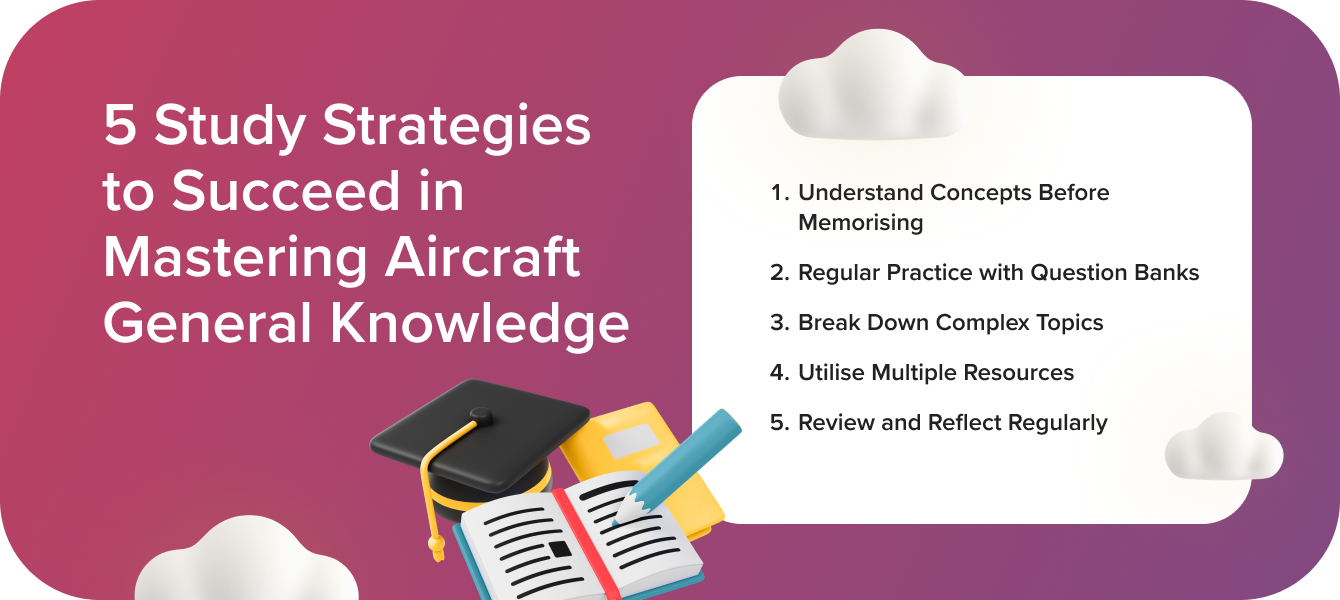
The AGK topic is one of 13 ATPL exams that is renowned for its extensive coverage. Its complexity often stems from the sheer volume of information rather than inherent difficulty. However, diligent study and thorough preparation are key to mastering this subject and ensuring success in your ATPL exams.
To enhance productivity and efficiency during your preparation, consider implementing the following tips:
Understand Concepts Before Memorising: Rather than simply memorising facts, focus on understanding the underlying principles and concepts. This approach fosters a deeper comprehension, making it easier to recall information during the exam.
Regular Practice with Question Banks: Incorporate regular practice with question banks into your study routine. Engaging with practice questions reinforces your understanding of the material and familiarises you with the exam format and style of questions.
Break Down Complex Topics: Divide complex topics into smaller, manageable chunks. Tackle one concept at a time, ensuring thorough understanding before moving on to the next. Use diagrams, charts, or mnemonic devices to aid comprehension.
Utilise Multiple Resources: Explore a variety of resources such as textbooks, online courses, video tutorials, and study guides. Different resources offer varied perspectives and explanations, enhancing your overall understanding of the subject.
Review and Reflect Regularly: Regularly review and reflect on the material you've studied. Identify areas of weakness and focus additional effort on those topics. Additionally, simulate exam conditions periodically to assess your progress and pinpoint areas needing further improvement.


